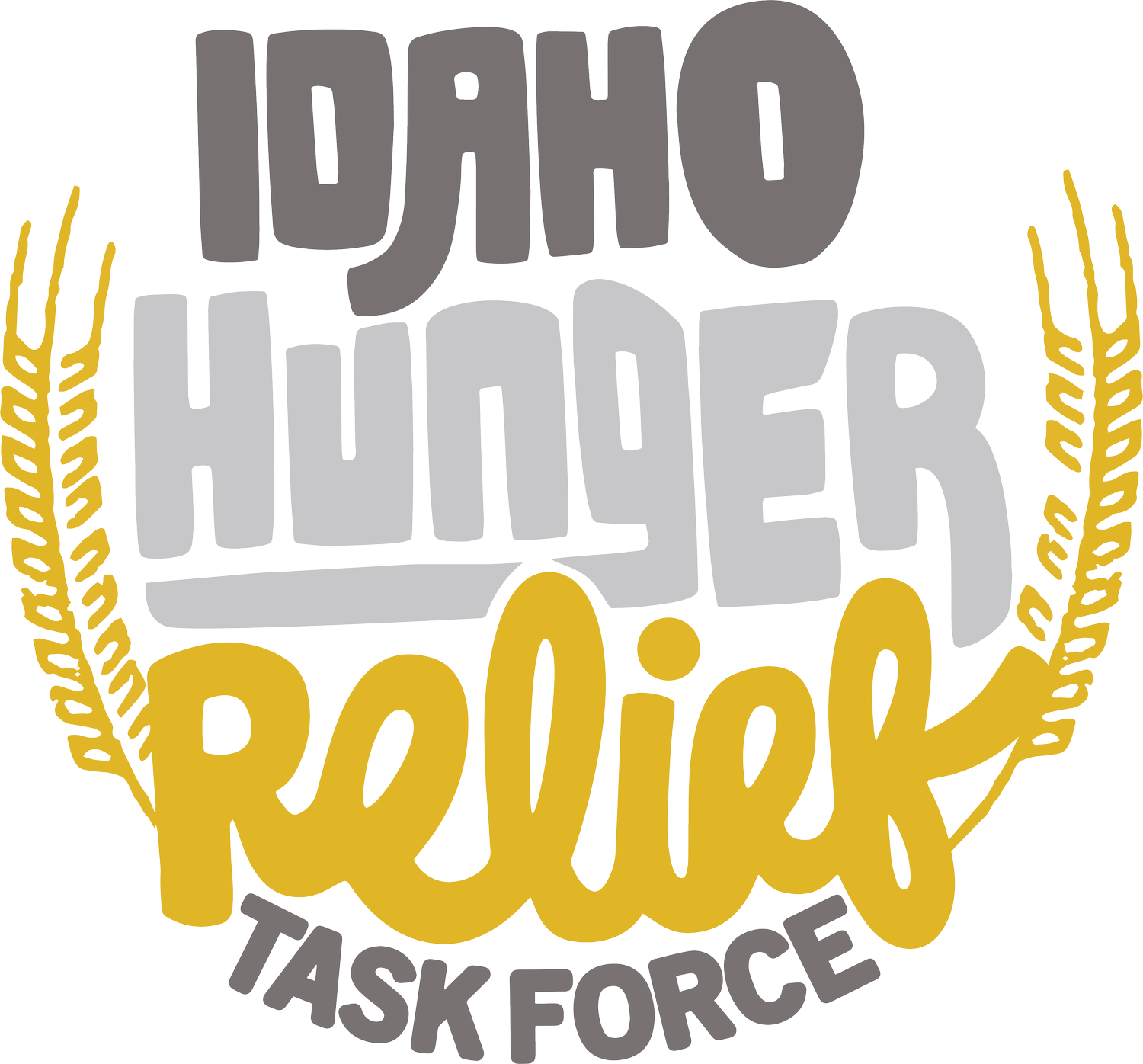Alphabet Soup
Advocacy has its own lingo, filled with acronyms
THE ACRONYMS
THE PROGRAMS
Deferred Action for Childhood Arrivals (DACA). Established in 2012, DACA allows immigrants who arrived in America as children to remain in the U.S. for a period of two years. Typically, DACA participants have grown up in the U.S., identify as Americans, speak only English, and have no connection with their country of origin. But, as unauthorized immigrants, they have no legal path to US citizenship. During those two years, DACA participants may request work authorization. DACA paperwork must be renewed every two years.
Food Distribution Programs on Indian Reservations (FDPIR). Provides USDA Foods to income-eligible households living on Indian reservations. The USDA distributes food and administrative funds to participating Indian Tribal Organizations and state agencies to operate the FDPIRs.
Food is Medicine. Also referred to as Food as Medicine, this program provides healthy food resources to individuals to prevent, manage, or treat health conditions. It draws on the science of nutrition, which maps some health conditions and diseases to dietary patterns.
Medicaid vs. Medicare. Medicaid is health insurance for individuals in financial need. Medicare is a health insurance program for seniors (65 years and older).
Medicaid and Medicare 1115 Waivers. Funding authorized by the Social Security Act for experimental, pilot, or demonstration projects to evaluate if they help these national health insurance programs better achieve their objectives. For example, some states use this vehicle to fund and evaluate the health and economic impacts impact of Produce Prescription Programs.
Produce Prescription Programs. A type of Food is Medicine program that prescribes fruits and vegetables to help prevent, manage, or treat nutrition-related health conditions.
Produce Prescription Pilot Program (P4). A PRx program evaluating if increasing access to produce and traditional foods within American Indian/Native American communities helps to address food insecurity and improve health outcomes.
School Meals Programs. These federally funded meal programs provide nutritious, low-cost or free meals and snacks to children in participating public and private schools and childcare centers. In high-poverty areas, schools and childcare centers can provide free breakfast and lunch to kids whose families receive SNAP or TAFI.
Supplemental Nutrition Assistance Program (SNAP). Formerly called food stamps, SNAP provides funds to low-income households to help purchase the food needed to maintain nutrition and health.
Summer Electronic Benefit Transfer (S-EBT). S-EBT, or SUN Bucks, provides families with school-aged children a modest monthly financial stipend on an EBT card to purchase additional food during the summer months when free and reduced school meals are not available.
Summer Meal Program. Provides healthy meals for children (1- 18 years) all summer long. Many meal sites also offer games and reading activities to build healthy bodies and minds. Unfortunately, in Idaho, there are limited sites in many of the rural areas.
Temporary Assistance for Families in Idaho (TAFI). Provides temporary cash benefits for eligible low-income families and households to help pay for food, clothing, shelter, and other essentials.

